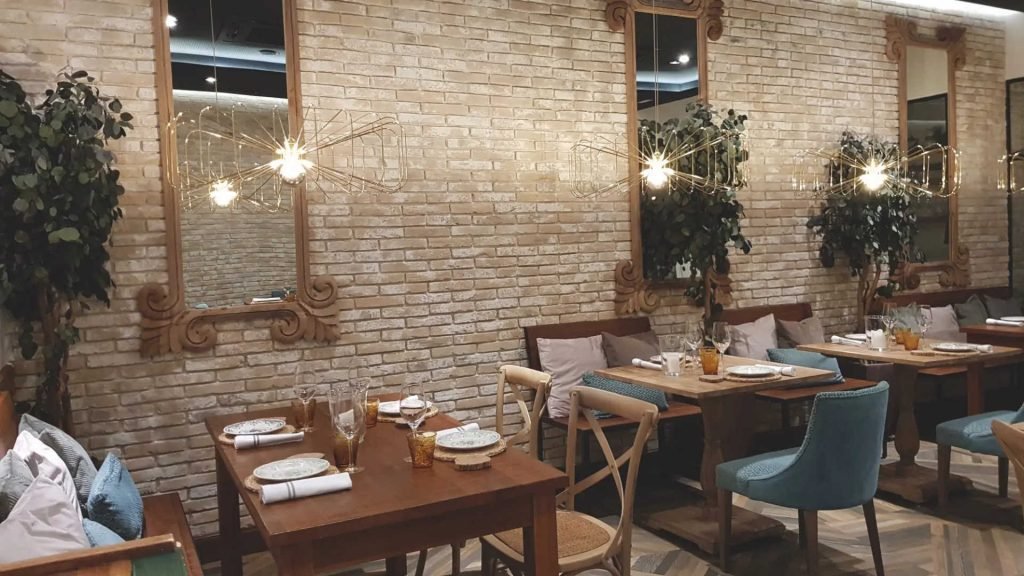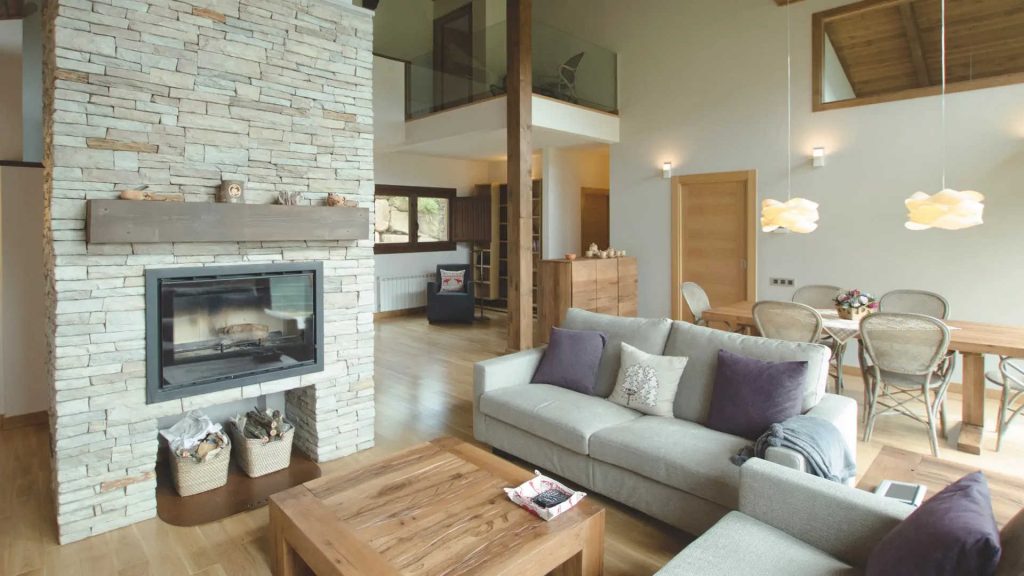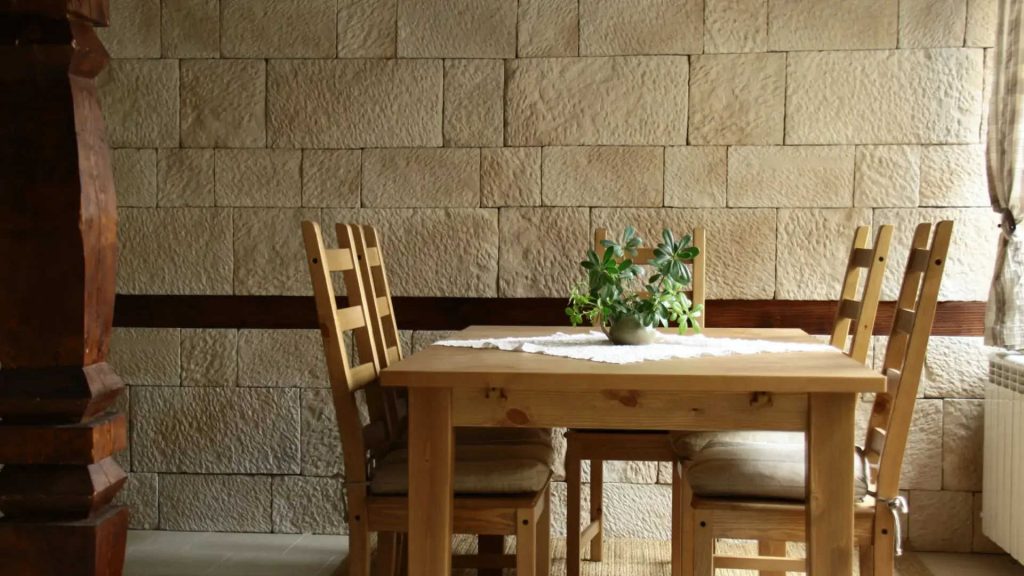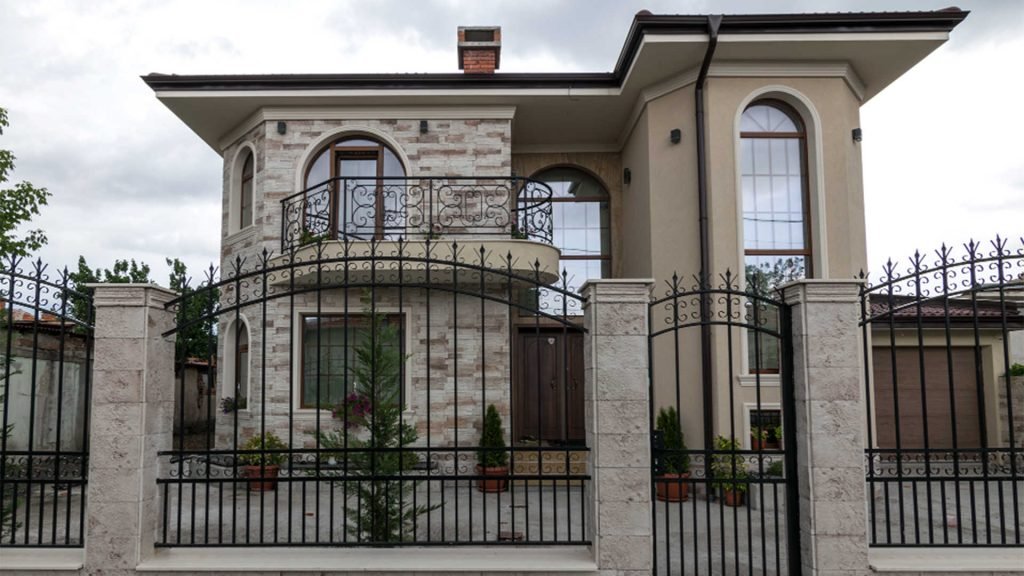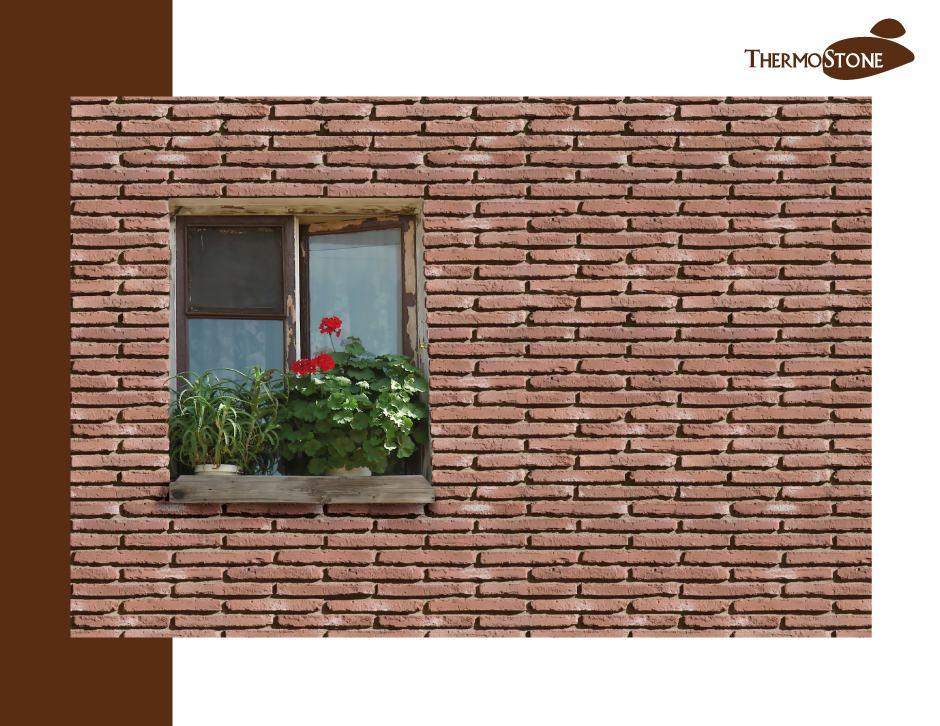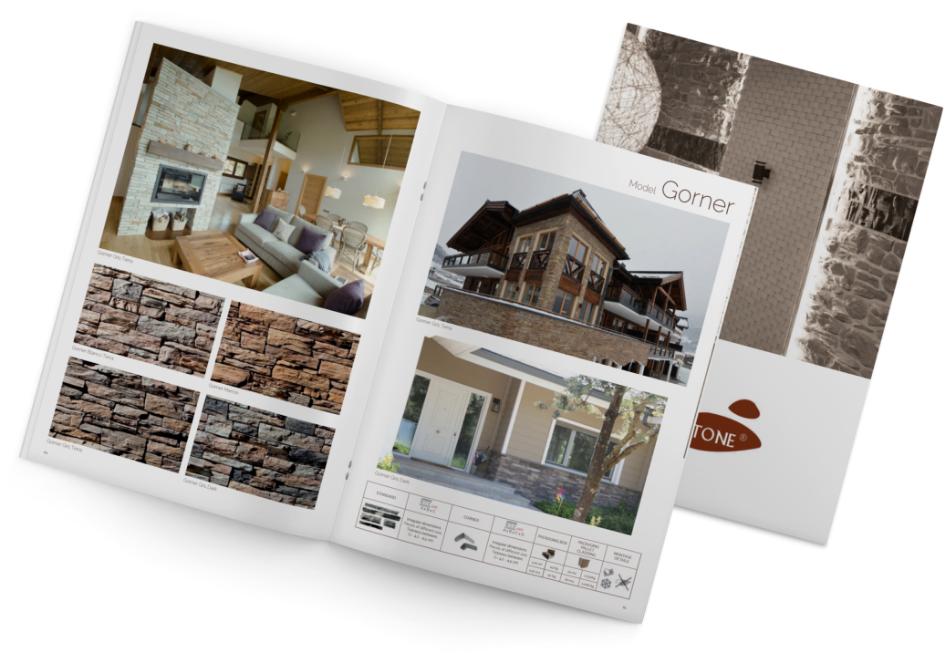Problems with damp are very common in some homes and can cause serious damage to the walls within rooms. They can also cause health problems for the people that live there.
To prevent the appearance of damp leading to greater problems, you need to put measures in place that will prevent the problem so that it does not end up affecting the foundations of the house. In today’s article, we offer you some solutions which we hope will be useful to you.
How to resolve damp problems in my house
Damp problems are complicated to resolve, but there’s always some tips that may help you to deal with the problem.
Good ventilation
Good ventilation in the home is decisive in dealing with damp. Open doors and windows and let the air circulate properly. The ideal time for this is the morning, particularly on sunny days. This will create a less damp environment in your home.
Also, if the damp problem is found in drawers and wardrobes, open them daily so they are ventilated and try not to place slightly damp clothes in them.
Use special products for damp
Today, there are many products that are specifically recommended for reducing the damp produced in the rooms of a home. The leading product is the dehumidifier, as this device is very effective in absorbing the excess moisture in the environment of the room in which it is placed. It is also very useful to connect the cooker hood when cooking, or the air extractors when having a bath. In relation to this, it is also worth remembering that you need to ventilate after a shower to allow the steam to escape from the room, so that it doesn’t affect the walls, particularly in windowless bathrooms.
Hang up your washing outside the house
The idea of hanging up your washing outside is not so desirable when you live in a very rainy area. Even so, it is useful for preventing damp from entering the house through the recently-washed clothes. A good alternative for those who don’t have a terrace in their home, or for those who live in a rainy area, is to dry your clothes in a dryer. You can also dry them indoors, but put the clothes close to the windows, and leave them open until the clothes are dry.
Avoid having plants
The majority of plants increase the environmental humidity of the rooms in which they are placed. For this reason, it is not a good idea to have them in rooms where there is damp. However, not all plants create humidity and some, such as bamboo and laurel, are good allies for combatting damp.
Keep furniture away from the walls
One way of avoiding the smell of damp in a room is to keep the furniture away from the walls, as the damp and the cold from the wall may transfer to the wood of the furniture and cause the odour.
Prevent damp in your home before it appears
Although there are various tips to help reduce the damp in rooms, the truth is, that the best way to prevent this annoying damp from appearing on the wall is to use materials with efficient insulation systems that will prevent the appearance of mildew.
At Thermostone, we have the External Thermal Insulation System (SATE) which consists of thermal insulation material along with our decorative material facings, which are completely effective in preventing damp as they prevent the appearance of mildew. Moreover, this system helps to maintain the facing intact for longer, at the same time as it maintains the breathability of the building.
The SATE system can be used in new builds or in buildings that are being renovated. For this reason, our advice is that if you want to prevent or resolve damp problems in your home, choose our products from the SATE system to give your walls more durability and, at the same time, to decorate them with an attractive, environmentally-friendly and quality material.
That is why we can say that by adding the Thermostone materials from the SATE system to your home and carrying out the small actions mentioned above, you will ensure that your home is free of damp for a long time.


